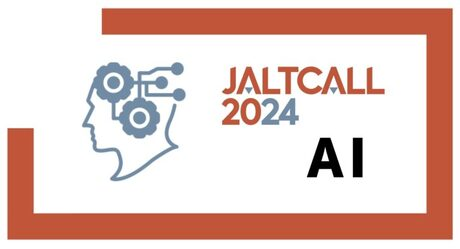Speaker
Description
The increasing prevalence of Artificial Intelligence (AI) technology has constituted a new reality in language learners’ lives, presenting unprecedented opportunities and challenges in language education (Kohnke et al., 2023). In the field of L2 writing, while more studies (Barrot, 2023) have begun to examine the use of AI tools among second-language writers and its impact on learners’ writing competencies, little is still known about individual learners’ decision-making processes regarding the use of AI technology in completing writing assignments.
Conducted at a Sino-foreign cooperative university in China, this study investigates the social and contextual conditions that influence individual learners’ use of AI in EAP (English for Academic Purposes) courses. Drawing from Darvin and Norton’s (2015, 2023) investment model, the study documents three first-year Chinese students’ English academic writing practices over two academic terms. Data from semi-structured interviews, writing process recordings, assignments, reflective writing journals, course materials, and university policies on AI usage were analyzed using thematic analysis.
The findings reveal that learners’ engagement with AI tools in academic writing is socially mediated, and influenced by their identities, perceived resources, and ideologies about AI use. In particular, despite the course policy prohibiting AI use in all assignments, three participants selectively used AI tools at different stages of their academic writing. Their use of AI tools was affected by how they positioned themselves (e.g., being the owner of one’s own work), identified accessible and useful resources (e.g., the writing center, peer reviewers), and navigated ideologies (e.g., competing ideologies from different course instructors) about AI use in their learning environment.
This research underscores the complexities surrounding AI use in academic writing and emphasizes the need for language instructors to recognize learners’ identity needs, access to resources, and existing competing ideologies about this contentious technology when developing policies and regulations for AI use in courses.
| Keywords | identity, investment model, AI use in academic writing assignments, affordances of AI, |
|---|

